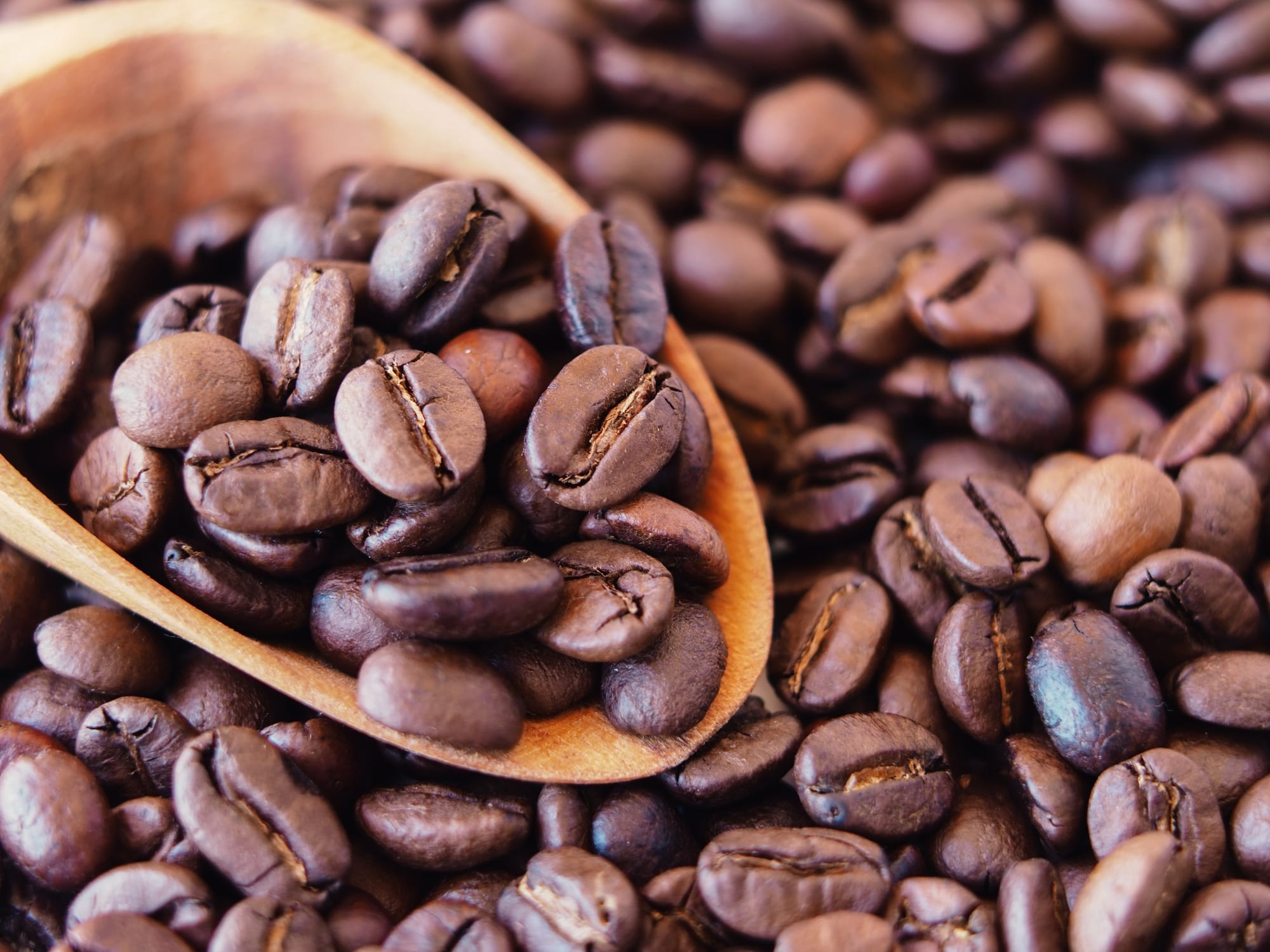The Role of Blockchain in Agriculture Supply Chain Management

Introduction to Blockchain in Agriculture Supply Chain Management
Blockchain technology, commonly associated with cryptocurrencies, offers a wide range of applications beyond financial transactions. In agriculture, blockchain can revolutionize supply chain management by enhancing transparency, efficiency, and trust among stakeholders. This article explores the multiple roles blockchain can play in transforming the agricultural supply chain.
1. Improving Traceability
Blockchain technology can dramatically improve the traceability of agricultural products. By maintaining a tamper-proof record of every transaction or movement of a product from the farm to the consumer, blockchain ensures a transparent and secure traceability system. This capability is crucial for verifying the origin of products, which can enhance consumer trust and help in the event of a food safety issue by quickly identifying and isolating contaminated batches.
2. Enhancing Food Safety
With increased traceability comes the enhanced ability to ensure food safety. Blockchain platforms can integrate with IoT devices to monitor conditions such as temperature and humidity throughout the supply chain. This data helps ensure that the products have been stored and transported within safe and optimal conditions, reducing the risk of foodborne illnesses linked to perishable foods.
3. Reducing Fraud
Fraud in the agricultural sector, including mislabeling and selling non-organic produce as organic, can be mitigated through blockchain technology. By providing a transparent and immutable record of product movements and handling, blockchain makes it more difficult for fraudulent practices to go undetected. This boosts consumer confidence and potentially raises the market value of genuinely organic or sustainably sourced products.
4. Streamlining Operations
Blockchain can streamline operations through improved logistics. For example, smart contracts can automatically execute transactions or actions when certain conditions are met, reducing the need for manual intervention and decreasing the potential for human error. This automation can help optimize supply chain operations, from inventory management to delivery routes, thereby reducing costs and improving efficiency.
5. Facilitating Safer and More Fair Trade
The decentralized nature of blockchain promotes more equitable trade practices by empowering small-scale farmers. These farmers can access the global market directly, bypassing intermediaries who often take a large share of the profits. Transparent pricing and transaction records on a blockchain can also help ensure that farmers receive a fair price for their products.
6. Enhancing Sustainable Practices
In today's eco-conscious market, consumers are increasingly willing to pay a premium for products that are sustainably sourced. Blockchain helps verify claims made regarding sustainable practices, as every step from the farm to the store shelf can be recorded and verified. This not only helps consumers make informed decisions but also encourages farmers and producers to adopt more sustainable practices.
7. Increasing Financial Inclusion
Blockchain technology can increase financial inclusion by providing small farmers access to financial services and credit. Traditional banks often require extensive documentation and collateral to offer loans, barriers that many small-scale farmers cannot overcome. Blockchain-based financial services can provide secure, traceable transactions and a reliable record of a farmer’s transaction history and asset ownership, making it easier for them to obtain credit.
8. Reducing Supply Chain Barriers
Blockchain can reduce or eliminate many of the typical barriers within agricultural supply chains, such as high costs, slow transaction times, and lack of a common platform for exchange. With blockchain, all parties in the supply chain can interact on a single platform without the need for intermediaries, which reduces costs and increases the efficiency of transactions.
9. Promoting Transparency
All participants in the blockchain network have access to the same information, which can only be updated through consensus, ensuring that all records are transparent and consistent. This level of transparency builds trust among consumers, suppliers, retailers, and regulators by providing an undisputable record of every product’s journey through the supply chain.
10. Compliance and Regulation
Regulatory compliance in agriculture can be complex, involving multiple stakeholders and stringent standards. Blockchain can help simplify compliance by providing a transparent, immutable ledger of information relevant to regulatory requirements. This could include data related to the use of pesticides, labor conditions, or environmental impact assessments, making it easier for businesses to prove compliance in a timely and accurate manner.
Conclusion
The potential of blockchain technology in agriculture is vast and varied. From enhancing transparency and traceability to improving financial inclusion and compliance, blockchain could address many of the challenges currently facing the agricultural supply chain. As the technology matures and more stakeholders realize its benefits, its adoption is expected to increase, leading to more efficient, safe, and fair agricultural practices around the globe.